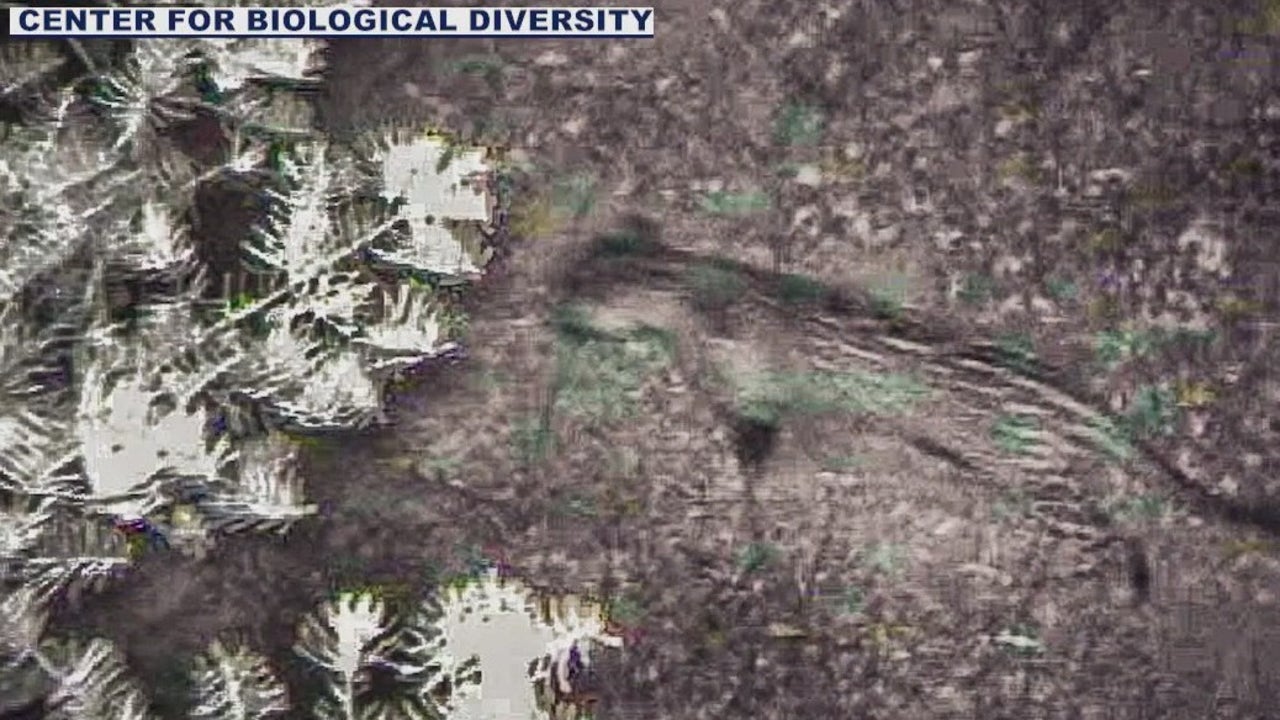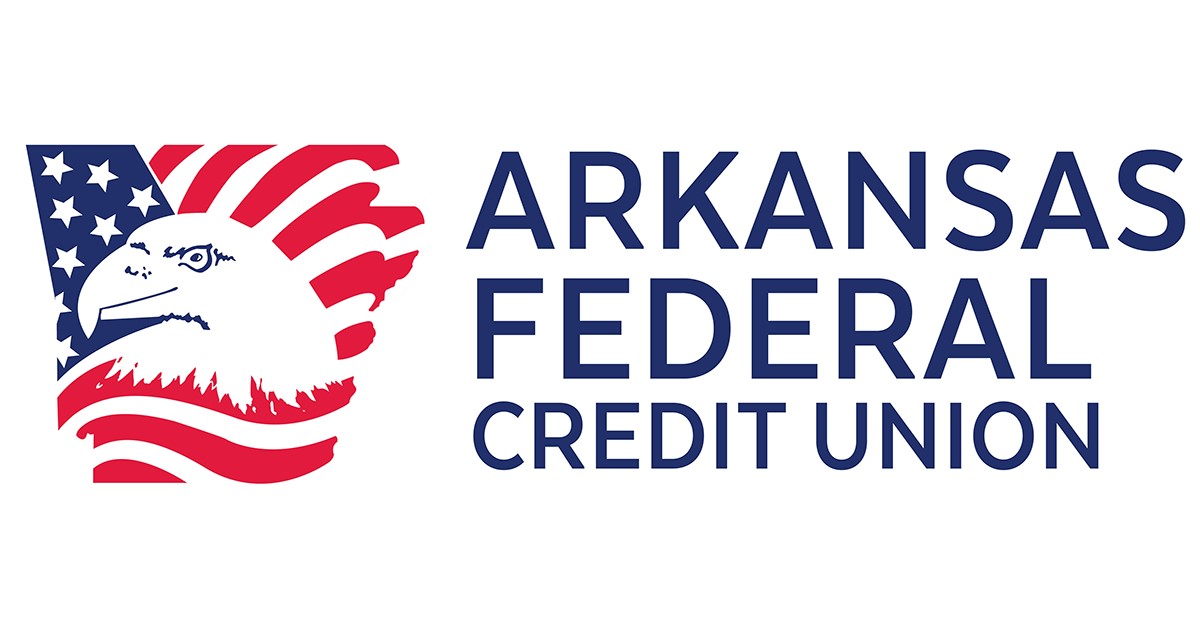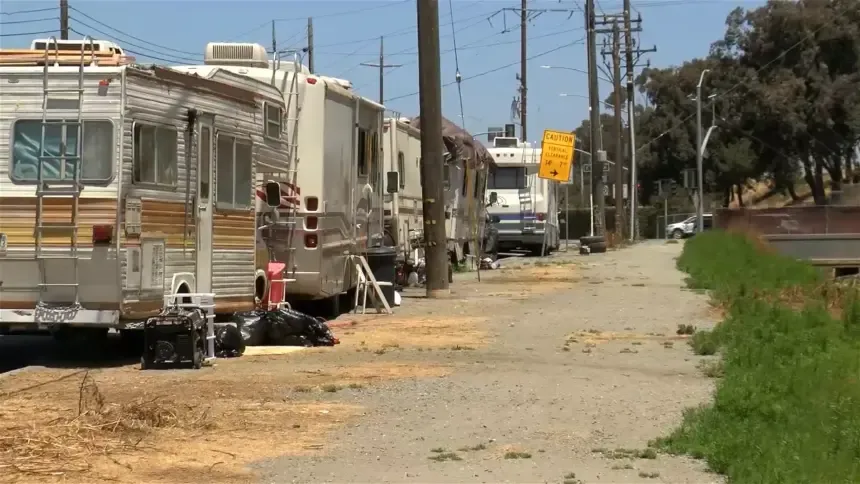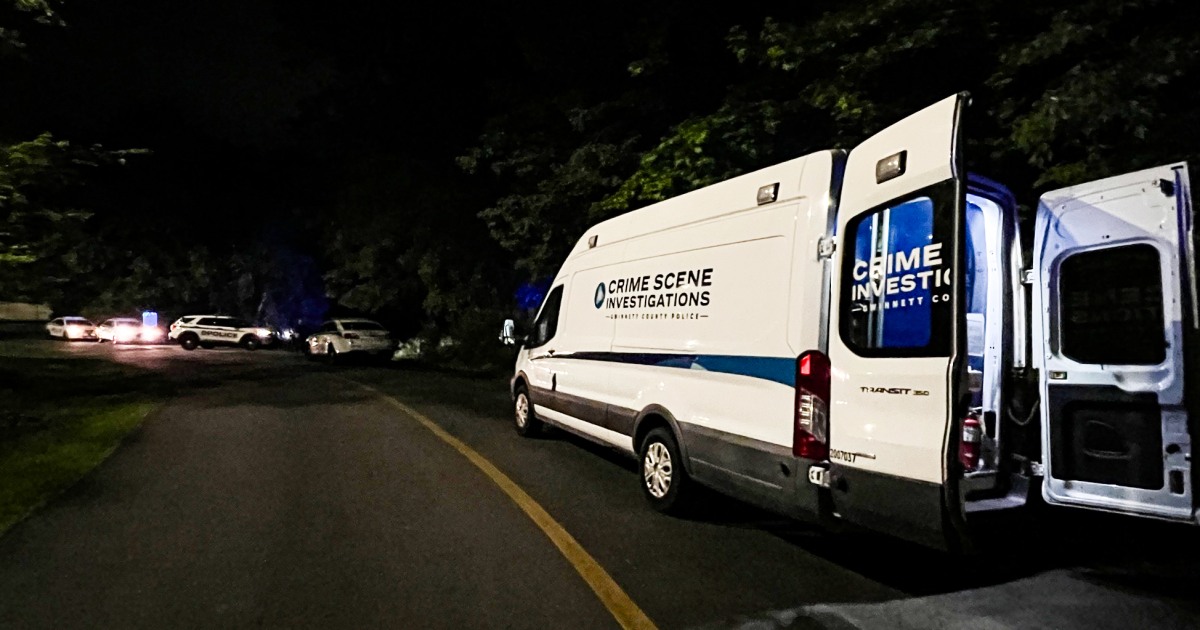Education
DeSantis Signs Tall Stack of Right-Wing Bills as 2024 Entrance Nears

Gov. Ron DeSantis of Florida, an all-but-declared presidential candidate, has stepped up his headline-hunting travel and events ahead of an official announcement, traversing the state and trying to hoover up national attention as he signs the sharply conservative legislation he believes can propel him to the Republican Party’s nomination.
On Wednesday, Mr. DeSantis signed a slew of measures that hit all the culture-clash notes his base has rewarded him for, including bills banning gender-transition care for minors, preventing children from attending “adult live performances” like drag shows and restricting the use of preferred pronouns in schools.
“We need to let our kids just be kids,” Mr. DeSantis said at a Christian school in Tampa. “What we’ve said in Florida is we are going to remain a refuge of sanity and a citadel of normalcy.”
It was his third consecutive day of holding public bill-signing ceremonies across the state. The ceremonies, which he hosts in his official capacity as governor, allow Mr. DeSantis to promote his political message in settings that he carefully stage-manages as a veritable M.C., calling up additional speakers and then thanking them for their contributions. These events sometimes take on the feel of political rallies.
Such a platform gives Mr. DeSantis an advantage over his potential rivals for the presidency — many of whom are either out of office or hold legislative roles — as he sprints toward declaring his candidacy, which is likely to happen by the end of the month.
On Monday, his signing of a bill defunding diversity and equity programs at public colleges and universities drew a robust round of news coverage — as well as loud protesters. He and other Republicans who shared the stage mocked the demonstrators, many of them students at New College of Florida, a public liberal arts school in Sarasota that the governor has sought to transform into a conservative bastion.
The signing of bills aimed at the L.G.B.T.Q. community on Wednesday was “an all-out attack on freedom,” Joe Saunders, the senior political director of Equality Florida, an advocacy organization, said in a virtual news conference. He noted that Mr. DeSantis had already signed a six-week abortion ban as well as bills that allowed physicians to decline to provide care based on moral or religious grounds.
Mr. DeSantis sees freedom “as a campaign slogan in his bid for the White House,” Mr. Saunders said. “The nation should be on high alert, because, today, we are all Floridians.”
Some centrist Republicans say the way Mr. DeSantis has pushed Florida to the right on social issues is a potential weakness in a general election. Representatives for Mr. DeSantis did not immediately respond to requests for comment.
As he travels the state, the lines between Mr. DeSantis’s roles as governor and potential presidential candidate can sometimes seem blurred.
On Tuesday, after he signed several bills near Fort Lauderdale aimed at curbing human trafficking, an issue that the right has tried to weaponize in national politics, Mr. DeSantis received a boost from Florida’s two top Republican legislative leaders, Kathleen Passidomo, the Senate president, and Paul Renner, the House speaker.
After the signing concluded, Ms. Passidomo and Mr. Renner stepped up to a lectern — embossed with Florida’s state seal, rather than the “Stop Human Trafficking” sign that the governor had used moments earlier — to endorse Mr. DeSantis for president, an office he is not yet formally seeking.
Katie Betta, a spokeswoman for Ms. Passidomo, said that the endorsement was a matter of convenience because the governor and legislative leaders had not been together since the lawmaking session ended on May 5. “It was a good opportunity to answer a question they have both been getting from the press since the day they were sworn in last November,” Ms. Betta wrote in an email, referring to Ms. Passidomo and Mr. Renner.
On Wednesday, the main super PAC backing Mr. DeSantis unveiled endorsements from nearly 100 state lawmakers. Behind the scenes, the governor’s allies and political operatives have been jostling with former President Donald J. Trump’s team to secure those pledges. At the federal level, members of Florida’s congressional delegation have swung heavily for Mr. Trump.
Mr. DeSantis has now held an official event on every weekday this month. He spends his weekends on political travel, including to the crucial early-voting state of Iowa last Saturday.
Since winning re-election in a rout in November, Mr. DeSantis has regularly faced questions at state events about his national political ambitions. For months, he usually fended them off with quips about how he was not interested in petty infighting and how it was too soon to be talking about future campaigns with the annual lawmaking session pending.
No more. On Tuesday, Mr. DeSantis jumped at the chance to call out Mr. Trump for dodging a question about abortion. The former president had criticized Florida’s six-week ban as too harsh while remaining noncommittal about what restrictions he might support.
“I signed the bill. I was proud to do it,” Mr. DeSantis told reporters. “He won’t answer whether he would sign it or not.”
This time, it was the swipe at Mr. Trump that made headlines.

Education
Video: Police Use Pepper Spray on Protesters on G.W.U.’s Campus

new video loaded: Police Use Pepper Spray on Protesters on G.W.U.’s Campus
transcript
transcript
Police Use Pepper Spray on Protesters on G.W.U.’s Campus
Police officers arrested 33 pro-Palestinian protesters and cleared a tent encampment on the campus of George Washingon University.
-
“The Metropolitan Police Department. If you are currently on George Washington University property, you are in violation of D.C. Code 22-3302, unlawful entry on property.” “Back up, dude, back up. You’re going to get locked up tonight — back up.” “Free, free Palestine.” “What the [expletive] are you doing?” [expletives] “I can’t stop — [expletives].”
Recent episodes in Israel-Hamas War
Education
How Counterprotesters at U.C.L.A. Provoked Violence, Unchecked for Hours

A satellite image of the UCLA campus.
On Tuesday night, violence erupted at an encampment that pro-Palestinian protesters had set up on April 25.
The image is annotated to show the extent of the pro-Palestinian encampment, which takes up the width of the plaza between Powell Library and Royce Hall.
The clashes began after counterprotesters tried to dismantle the encampment’s barricade. Pro-Palestinian protesters rushed to rebuild it, and violence ensued.
Arrows denote pro-Israeli counterprotesters moving towards the barricade at the edge of the encampment. Arrows show pro-Palestinian counterprotesters moving up against the same barricade.
Police arrived hours later, but they did not intervene immediately.
An arrow denotes police arriving from the same direction as the counterprotesters and moving towards the barricade.
A New York Times examination of more than 100 videos from clashes at the University of California, Los Angeles, found that violence ebbed and flowed for nearly five hours, mostly with little or no police intervention. The violence had been instigated by dozens of people who are seen in videos counterprotesting the encampment.
The videos showed counterprotesters attacking students in the pro-Palestinian encampment for several hours, including beating them with sticks, using chemical sprays and launching fireworks as weapons. As of Friday, no arrests had been made in connection with the attack.
To build a timeline of the events that night, The Times analyzed two livestreams, along with social media videos captured by journalists and witnesses.
The melee began when a group of counterprotesters started tearing away metal barriers that had been in place to cordon off pro-Palestinian protesters. Hours earlier, U.C.L.A. officials had declared the encampment illegal.
Security personnel hired by the university are seen in yellow vests standing to the side throughout the incident. A university spokesperson declined to comment on the security staff’s response.
Mel Buer/The Real News Network
It is not clear how the counterprotest was organized or what allegiances people committing the violence had. The videos show many of the counterprotesters were wearing pro-Israel slogans on their clothing. Some counterprotesters blared music, including Israel’s national anthem, a Hebrew children’s song and “Harbu Darbu,” an Israeli song about the Israel Defense Forces’ campaign in Gaza.
As counterprotesters tossed away metal barricades, one of them was seen trying to strike a person near the encampment, and another threw a piece of wood into it — some of the first signs of violence.
Attacks on the encampment continued for nearly three hours before police arrived.
Counterprotesters shot fireworks toward the encampment at least six times, according to videos analyzed by The Times. One of them went off inside, causing protesters to scream. Another exploded at the edge of the encampment. One was thrown in the direction of a group of protesters who were carrying an injured person out of the encampment.
Mel Buer/The Real News Network
Some counterprotesters sprayed chemicals both into the encampment and directly at people’s faces.
Sean Beckner-Carmitchel via Reuters
At times, counterprotesters swarmed individuals — sometimes a group descended on a single person. They could be seen punching, kicking and attacking people with makeshift weapons, including sticks, traffic cones and wooden boards.
StringersHub via Associated Press, Sergio Olmos/Calmatters
In one video, protesters sheltering inside the encampment can be heard yelling, “Do not engage! Hold the line!”
In some instances, protesters in the encampment are seen fighting back, using chemical spray on counterprotesters trying to tear down barricades or swiping at them with sticks.
Except for a brief attempt to capture a loudspeaker used by counterprotesters, and water bottles being tossed out of the encampment, none of the videos analyzed by The Times show any clear instance of encampment protesters initiating confrontations with counterprotesters beyond defending the barricades.
Shortly before 1 a.m. — more than two hours after the violence erupted — a spokesperson with the mayor’s office posted a statement that said U.C.L.A officials had called the Los Angeles Police Department for help and they were responding “immediately.”
Officers from a separate law enforcement agency — the California Highway Patrol — began assembling nearby, at about 1:45 a.m. Riot police with the L.A.P.D. joined them a few minutes later. Counterprotesters applauded their arrival, chanting “U.S.A., U.S.A., U.S.A.!”
Just four minutes after the officers arrived, counterprotesters attacked a man standing dozens of feet from the officers.
Twenty minutes after police arrive, a video shows a counterprotester spraying a chemical toward the encampment during a scuffle over a metal barricade. Another counterprotester can be seen punching someone in the head near the encampment after swinging a plank at barricades.
Fifteen minutes later, while those in the encampment chanted “Free, free Palestine,” counterprotesters organized a rush toward the barricades. During the rush, a counterprotester pulls away a metal barricade from a woman, yelling “You stand no chance, old lady.”
Throughout the intermittent violence, officers were captured on video standing about 300 feet away from the area for roughly an hour, without stepping in.
It was not until 2:42 a.m. that officers began to move toward the encampment, after which counterprotesters dispersed and the night’s violence between the two camps mostly subsided.
The L.A.P.D. and the California Highway Patrol did not answer questions from The Times about their responses on Tuesday night, deferring to U.C.L.A.
While declining to answer specific questions, a university spokesperson provided a statement to The Times from Mary Osako, U.C.L.A.’s vice chancellor of strategic communications: “We are carefully examining our security processes from that night and are grateful to U.C. President Michael Drake for also calling for an investigation. We are grateful that the fire department and medical personnel were on the scene that night.”
L.A.P.D. officers were seen putting on protective gear and walking toward the barricade around 2:50 a.m. They stood in between the encampment and the counterprotest group, and the counterprotesters began dispersing.
While police continued to stand outside the encampment, a video filmed at 3:32 a.m. shows a man who was walking away from the scene being attacked by a counterprotester, then dragged and pummeled by others. An editor at the U.C.L.A. student newspaper, the Daily Bruin, told The Times the man was a journalist at the paper, and that they were walking with other student journalists who had been covering the violence. The editor said she had also been punched and sprayed in the eyes with a chemical.
On Wednesday, U.C.L.A.’s chancellor, Gene Block, issued a statement calling the actions by “instigators” who attacked the encampment unacceptable. A spokesperson for California Gov. Gavin Newsom criticized campus law enforcement’s delayed response and said it demands answers.
Los Angeles Jewish and Muslim organizations also condemned the attacks. Hussam Ayloush, the director of the Greater Los Angeles Area office of the Council on American-Islamic Relations, called on the California attorney general to investigate the lack of police response. The Jewish Federation Los Angeles blamed U.C.L.A. officials for creating an unsafe environment over months and said the officials had “been systemically slow to respond when law enforcement is desperately needed.”
Fifteen people were reportedly injured in the attack, according to a letter sent by the president of the University of California system to the board of regents.
The night after the attack began, law enforcement warned pro-Palestinian demonstrators to leave the encampment or be arrested. By early Thursday morning, police had dismantled the encampment and arrested more than 200 people from the encampment.
Education
Video: President Biden Addresses Campus Protests

new video loaded: President Biden Addresses Campus Protests
transcript
transcript
President Biden Addresses Campus Protests
President Biden defended the right of demonstrators to protest peacefully, but condemned the “chaos” that has prevailed at many colleges nationwide.
-
Violent protest is not protected. Peaceful protest is. It’s against the law when violence occurs. Destroying property is not a peaceful protest. It’s against the law. Vandalism, trespassing, breaking windows, shutting down campuses, forcing the cancellation of classes and graduations — none of this is a peaceful protest. Threatening people, intimidating people, instilling fear in people is not peaceful protest. It’s against the law. Dissent is essential to democracy, but dissent must never lead to disorder or to denying the rights of others, so students can finish the semester and their college education. There’s the right to protest, but not the right to cause chaos. People have the right to get an education, the right to get a degree, the right to walk across the campus safely without fear of being attacked. But let’s be clear about this as well. There should be no place on any campus — no place in America — for antisemitism or threats of violence against Jewish students. There is no place for hate speech or violence of any kind, whether it’s antisemitism, Islamophobia or discrimination against Arab Americans or Palestinian Americans. It’s simply wrong. There’s no place for racism in America.
Recent episodes in Politics
-

 World1 week ago
World1 week agoStrack-Zimmermann blasts von der Leyen's defence policy
-

 Politics1 week ago
Politics1 week agoStefanik hits special counsel Jack Smith with ethics complaint, accuses him of election meddling
-

 Politics1 week ago
Politics1 week agoThe White House has a new curator. Donna Hayashi Smith is the first Asian American to hold the post
-

 Politics1 week ago
Politics1 week agoDemocratic mayor joins Kentucky GOP lawmakers to celebrate state funding for Louisville
-

 World1 week ago
World1 week agoTurkish police arrest hundreds at Istanbul May Day protests
-

 News1 week ago
News1 week agoVideo: Police Arrest Columbia Protesters Occupying Hamilton Hall
-

 Politics1 week ago
Politics1 week agoNewsom, state officials silent on anti-Israel protests at UCLA
-

 News1 week ago
News1 week agoPolice enter UCLA anti-war encampment; Arizona repeals Civil War-era abortion ban













